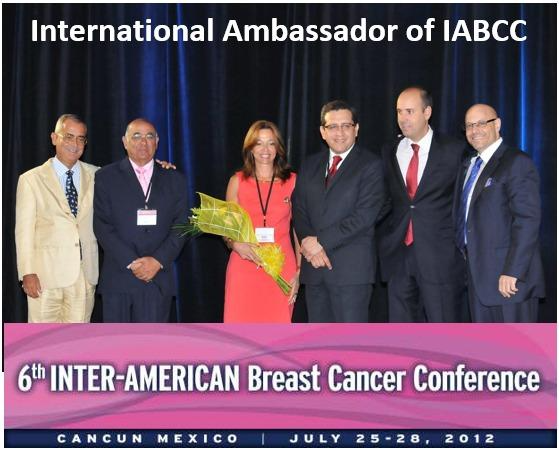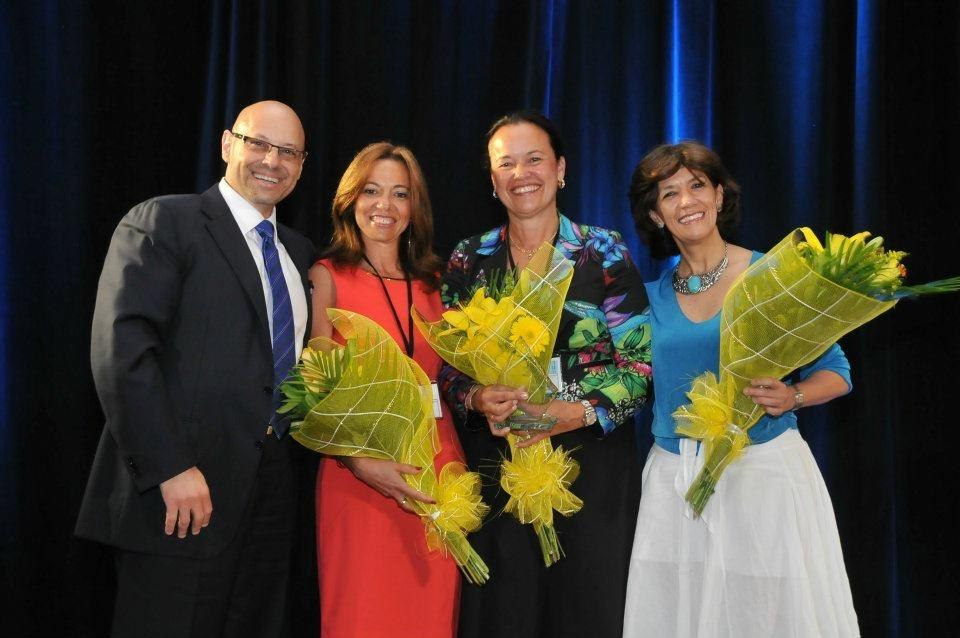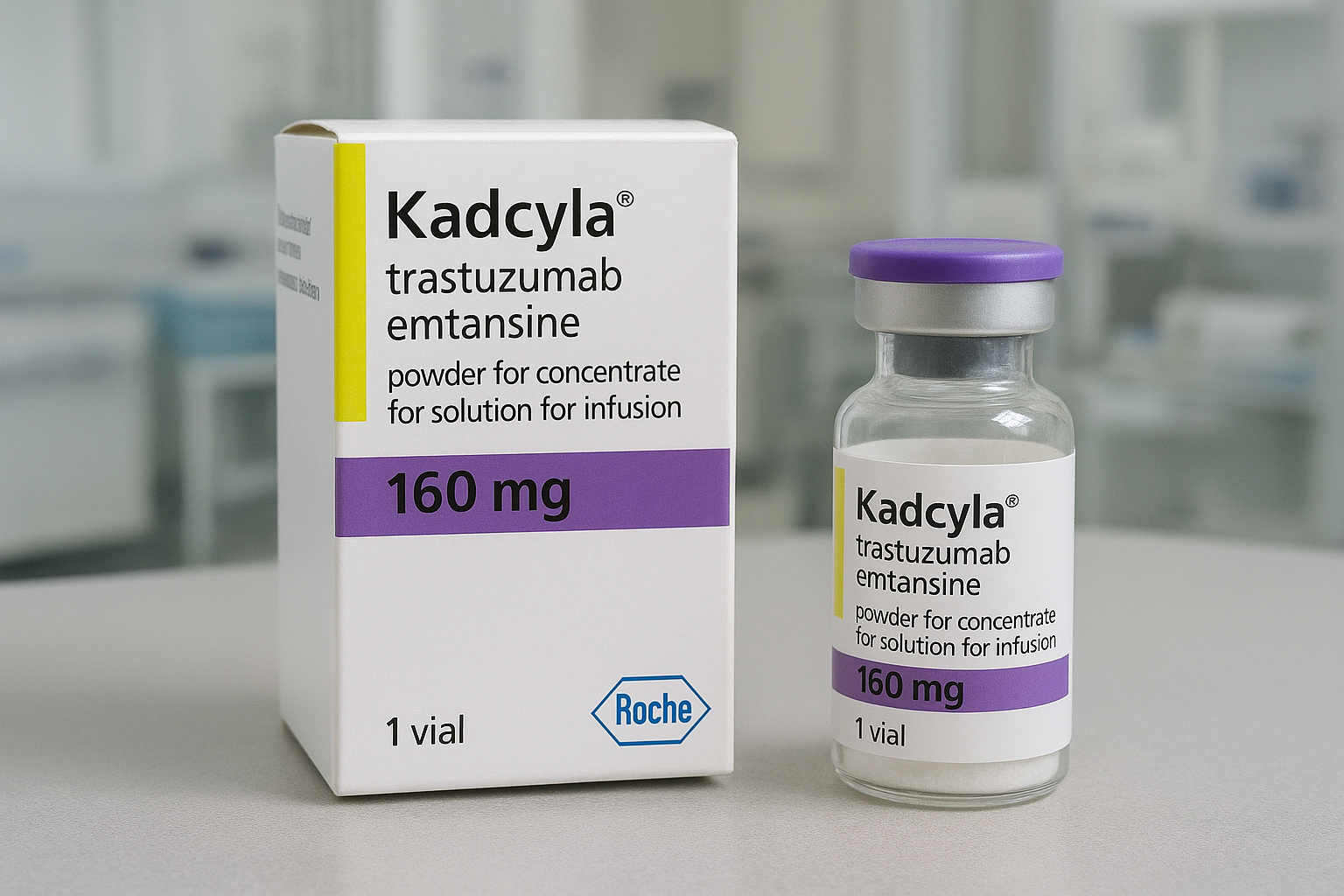5/10/2025
Cura Project Institute, where it all began. An encounter that changed destinies
The history of the Cura Project Institute begins with an encounter. In 2009, Fernanda Schwyter was living in Miami when she faced a surgical complication. These were months of hospitalizations, physical limitations and communication difficulties that awakened empathy for patients and the desire to change many life stories.
After her recovery, she met Ilma, a young Brazilian woman recently diagnosed with metastatic breast cancer. Closely following Ilma's treatment, Fernanda discovered a universe still little known in Brazil: that of clinical research. In Miami, clinical trials were affordable and offered innovative treatments and hope to patients, but why did so many people need to cross borders to access these opportunities?
Check out the Veja Saúde article in full. Click here!
Determined to understand and understand this universe, Fernanda began to volunteer at the American Cancer Society, where she met people with relevant international experience, such as Dr. Javier Cortez (Spain), Stefano Zurrida (Italy), Henry Gomez (Peru), Orlando Silva (USA) and Jorge Zavala (Mexico).

In 2012, she was invited to coordinate the 6th Inter American Breast Cancer Conference conference, in Mexico, to discuss the challenges of clinical research in Latin America. It was in this environment that she met Dr. Martine J. Piccart, one of the greatest references in oncology and clinical research, as well as other international specialists who encouraged her to bring her vision of access to clinical research to Brazil.

Among the doctors who marked this trajectory, the Brazilian oncologist Carlos Barrios, founder of LACOG (Latin American Cooperative Oncology Group), also stands out. From this connection in 2015, priorities emerged to leverage studies that respond to oncological emergencies and local medical issues.
The CURA Project, which in 2019 became the CURA Project Institute — a non-profit organization dedicated to supporting and engaging patients through quality scientific information, support for Brazilian clinical studies, and innovative clinical trials. Since its creation, the Institute has supported 12 clinical and epidemiological studies, directly and indirectly benefiting more than 2,000 patients, combining the training of new researchers through the recognition of initiatives that have a real impact on patients' lives.
“During my work as a volunteer at the American Cancer Society in 2012, I had the opportunity to meet international doctors at the congress in Mexico who today have global repercussions. It was these brilliant minds that showed me, in a very clear way, the importance of clinical research and inspired me to bring this movement to Latin America, planting the seed that would give rise to the CURA Project Institute.” Fernanda Schwyter
An invitation to transform science into hope
Today, Fernanda heads the CURA Project Institute with a mission to bring patients, medical researchers and science closer together to open paths towards curing cancer.
Just like Ilma, who 15 years after her diagnosis, is undergoing treatment in a clinical trial and closely monitors the growth of her children, thousands of patients can benefit when research becomes part of the care. The CURA Project Institute is an invitation for people to go on the road together to make a difference.
We interviewed our President, Fernanda Scwyter, who, with this inspiring vision, shares with us some of her history, the emergence of the Cura Project Institute, the challenges still faced and the dreams that continue to drive Cura:
What was the moment when you realized that your personal health experience could be transformed into a project capable of impacting so many patients?
Fernanda: First it happened, then I realized it. In other words, I never intended to found an Institute or anything related to research and cancer. But things just happen. My experience first impacted myself. I had to face the possibility of death, organize my family, and reflect on life. By surviving, I felt like I needed to give back, doing something meaningful that could impact others.
How did contact with Ilma and international doctors, such as Dr. Martine Piccart, influence the creation of the CURA Project Institute?
Fernanda: With Ilma I experienced spirituality, feminine strength, and connection with life and with Our Lady. With Ilma came the “CURE KIT”. With international doctors, I realized the responsibility and legacy of science, the effort to decipher the human body to save lives. It was in this encounter between faith and science that the CURA Project emerged.
Tell us about the “CURE KIT”.
Fernanda: The name of the Institute has a very significant history for me. When I met Ilma, I prepared a small gift for her with things that had helped me on my own journey: a rosary, a floral oil, and songs that comforted me. Upon receiving it, she called that gesture a “healing kit”. Years later, when telling this story to a publicist who encouraged me to name the project, he told me that there was no stronger and truer name than that: Cura. This is how the Healing Project was born, carrying within itself the importance of caring for others and the belief that, even in the face of pain, it is possible to find paths of life, comfort and transformation.
What were the biggest barriers to bringing clinical research culture to Brazil and engaging patients and institutions?
Fernanda: We still face barriers, especially greed and the difficulty of understanding the true meaning of philanthropy, a collective path to be built.
Among the studies and actions already carried out by the Institute, which result most thrills you or symbolizes the transformation you were seeking?
Fernanda: It's the patients' stories that move me the most. Iramara, who, even leaving chemotherapy, wanted to attend our events to share her experience with clinical research, and Juliana, who, through genetic testing, was able to transform the lives of her entire family with prevention. In addition, seeing the results of studies such as NEOSAMBA reinforces the power of science and symbolizes the transformation we seek with the Institute.
What are CURA's next steps and your biggest dream for clinical research and access to new treatments in the country?
Fernanda: Do research that impacts our population. My biggest dream? The cure for cancer!
.jpeg)




